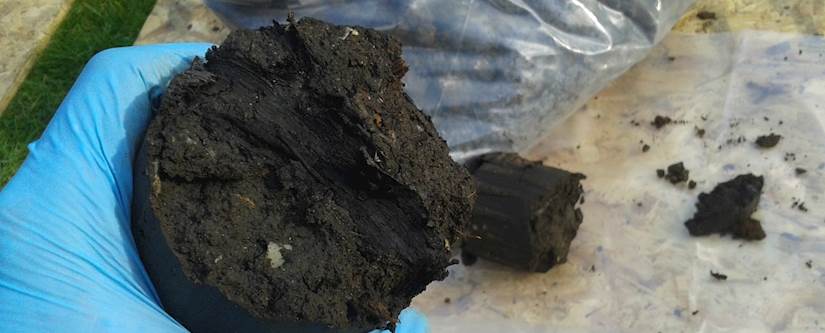
RB 17 Forensic Analysis - A Pragmatic Approach to Ground Gas Risk Assessment
We have recently been implementing a relatively new type of ground gas assessment on a number of sites, called RB17 Forensic Analysis and wanted to highlight its uses and benefits.
The RB17 method allows us to work out ground gas risk from historic and lower risk sources where made ground, alluvium or an old tip is the source without weeks of gas monitoring or with a vastly reduced conventional gas monitoring programme. Forensic analysis of the sample is carried out, followed by total organic carbon testing and some modelling to determine its ability to generate gases. Large samples are needed so we try to use trial pits as opposed to boreholes, but either can work.
It won’t be appropriate for all sites but where it can be used, it generates better data and allows us to have a more comprehensive understanding of the gas generating material than is typically possible through conventional investigation and gas monitoring wells.
The other key benefit is the reduction in timescales. Gas monitoring can take weeks if not months. While we do use a short program of conventional monitoring in tandem to our forensic analysis, that’s usually completed within a fortnight. The forensic work does take a bit more time initially to study and sort the samples at EPS’ Field Services facility where we use our precision balances and some lab testing, but the reduction in site visits will also prove cost effective and more sustainable in the long run.
For those wanting the full technical detail, it’s discussed in the CL:AIRE research bulletin no 17 (Card G, Wilson S, Mortimer S. 2012. A Pragmatic Approach to Ground Gas Risk Assessment). CL:AIRE, London, UK. ISSN 2047-6450 [Online]) and it is also included in Annex E of BS8485.2015.
To find out if RB17 might be relevant to your project or for more information on how it all works the person to contact is Marcus Bell.